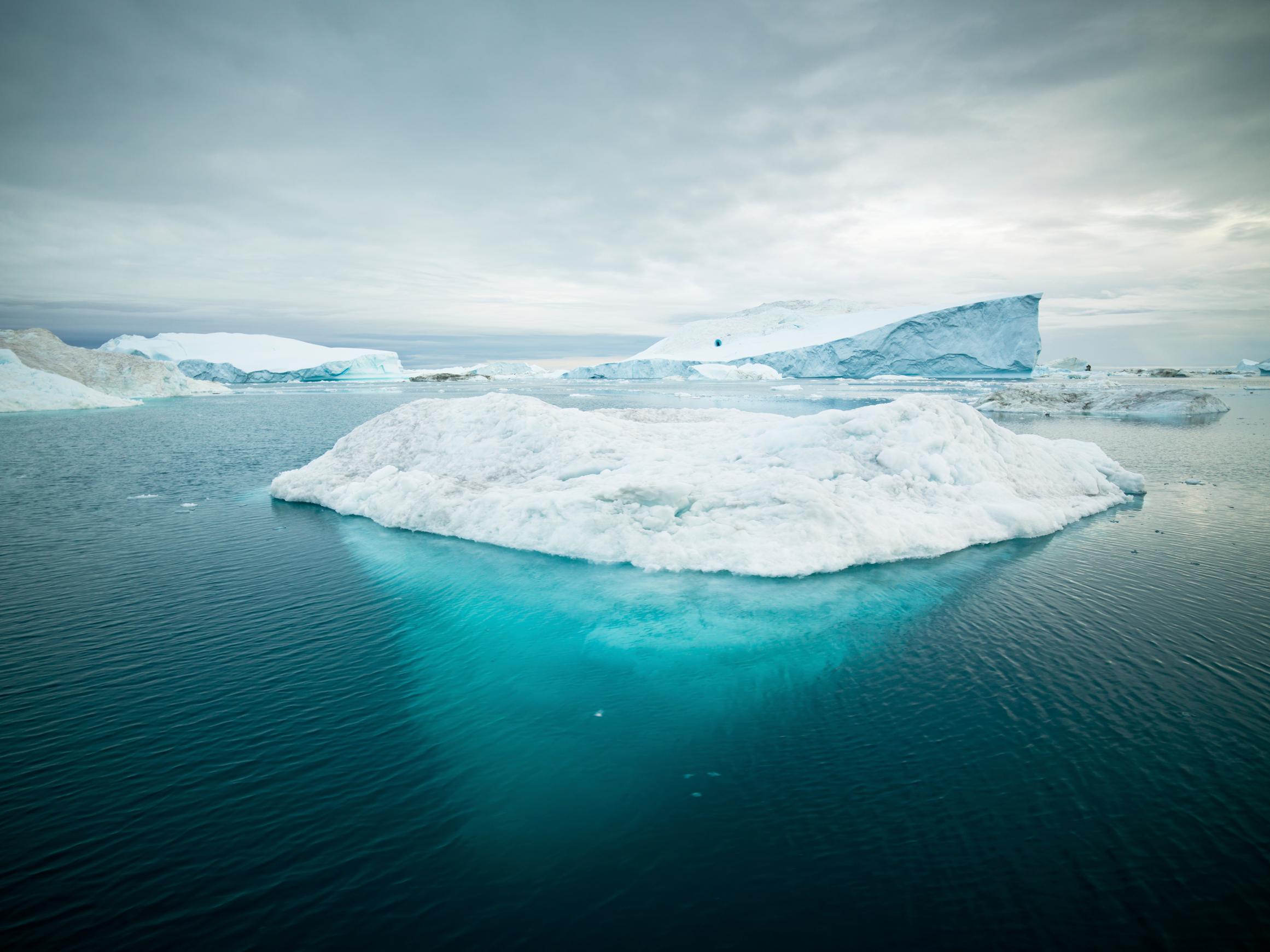Editor's note: News about conservation and the environment is made every day, but some of it can fly under the radar. In a recurring feature, Conservation News shares a recent news story that you should know about.
One of the coldest regions of the planet is experiencing its highest temperatures in at least a millennium, according to a new study in the journal Nature.
By drilling deep into the Greenland ice sheet, one of the world’s oldest and largest, researchers were able to estimate that temperatures between 2001 and 2011 were about 1.5 degrees Celsius (2.7 degree Fahrenheit) higher than the 20th century average — a concerning milestone as nations work to limit global temperature rise to that very same degree.
While grim, the findings are in line with what’s becoming clearer and clearer — Earth’s frozen regions have rapidly warmed since the industrial revolution, barreling towards a future of slow, but sure, sea level rise, Chelsea Harvey reported for E&E News.
Though she expected higher temperatures in light of global warming, glaciologist and lead author of the study Maria Hörhold told E&E News that researchers “were surprised by how evident this (temperature) difference really was.”
To analyze 1,000 years of climate history, Harvey writes, researchers drilled enormous ice cores from the ice sheet, which holds trapped air bubbles and other chemical signatures — essentially, a time capsule of what the climate was like when the water froze. The data continues until 2011 and 2012, when the cores were removed from the ice sheet.
As climate change accelerates, some areas of the planet are experiencing greater and faster warming than others. Research shows the coldest regions appear to be warming the fastest, with numerous studies reporting that temperatures in the Arctic are rising two, or even three, times faster than the global average. In one example, amid a record-breaking melt in August of 2021, bewildered researchers on the summit of Greenland’s ice sheet witnessed the first rainfall in recorded history.
Warmer temperatures have accelerated ice melts. And while estimating the level of ice melt is more difficult than documenting temperature change, the study’s researchers say the rates of melting ice are likely similarly “unprecedented” over the last millennium. This closes the loop on a grim cycle: Increased ice melt has nowhere to go but the ocean, in turn raising global sea levels.
As sea levels rise and threaten to devastate coastal communities and habitats, people around the world need ways to adapt. Nature provides answers.
For example, mangrove forests, which hug coastlines throughout the tropics, offer a powerful defense against the impacts of a warming planet. These natural buffers can help millions of people in coastal communities become more resilient to sea-level rise, blunting storm surges and floods. In fact, a study of developing countries subject to storms found that mangroves could reduce the coastal areas impacted by storm surge by up to 50 percent.
Moreover, mangroves are climate superstars. In a single square mile, their dense tangle of roots can stash away as much climate-warming carbon as the annual emissions of 90,000 cars.
Read the full story here.
Further reading:
Mary Kate McCoy is a staff writer at Conservation International. Want to read more stories like this? Sign up for email updates. Also, please consider supporting our critical work.
